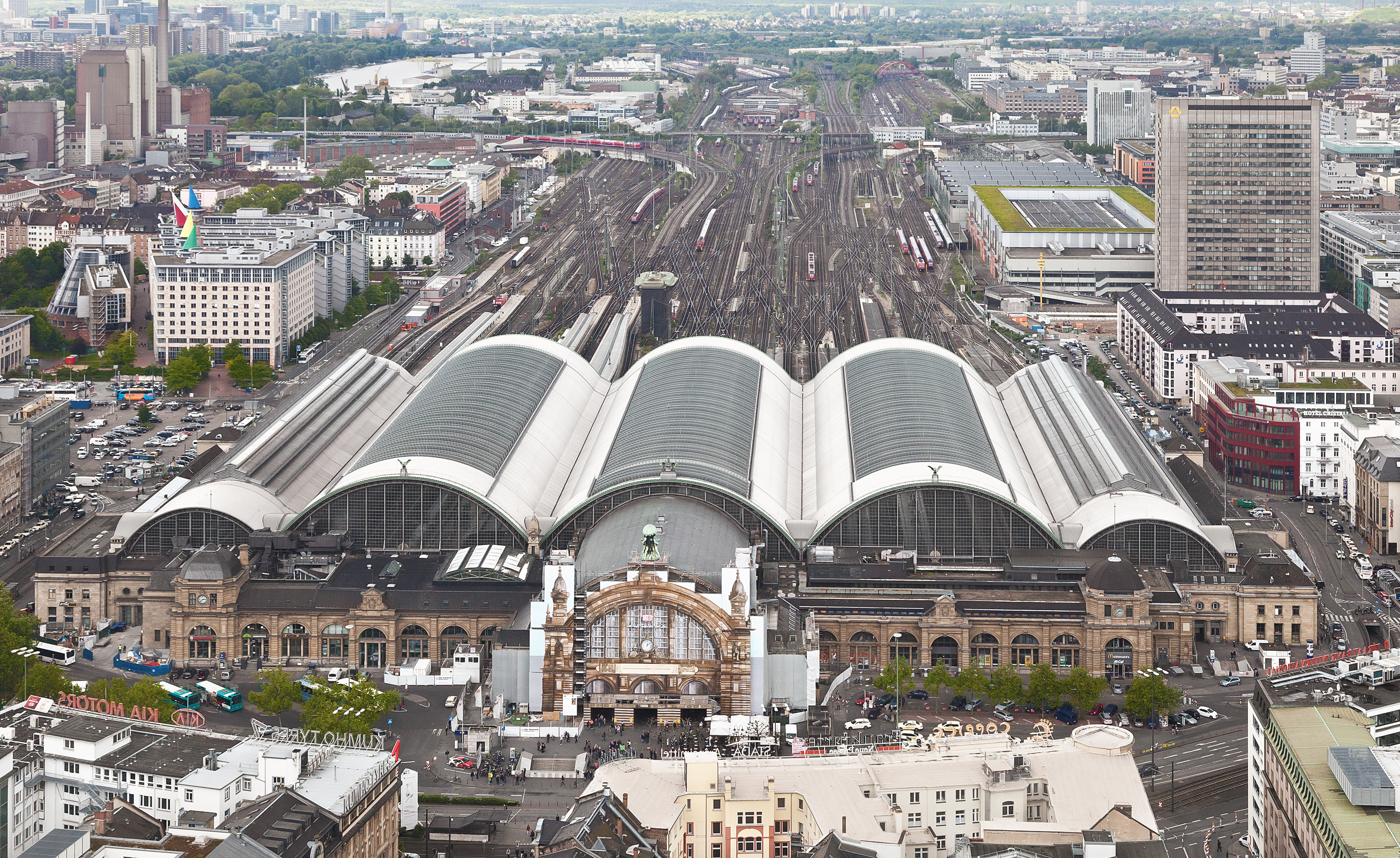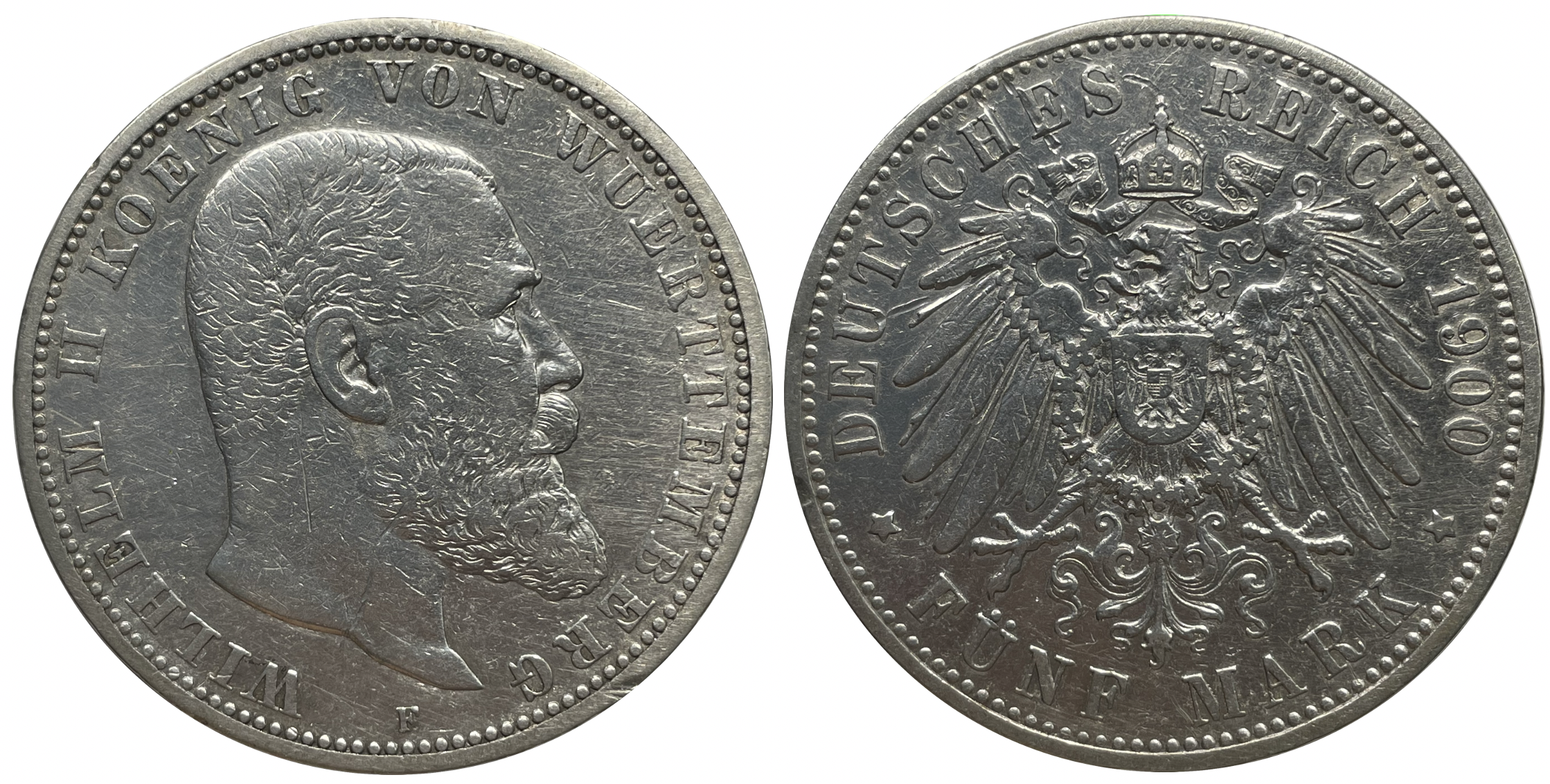|
Stuttgart-Untertürkheim Station
Untertürkheim station is a railway station in Untertürkheim, an outer district of Stuttgart, Germany, on the city's S-Bahn, or S-line. The station formerly included a freight yard and the abbreviation of the station precinct, including the yards, is TSU. Located near Württemberg mountain, Untertürkheim is home to the headquarters of Daimler AG and the original Mercedes-Benz assembly plant. History On 22 October 1845 the first railway line in Württemberg, the Central Railway (''Zentralbahn'') opened, connecting the small wine-growing community with Cannstatt, early five kilometres from Untertürkheim. On 7 November 1845 the line was extended to Obertürkheim. The first station building was a single story and nearly identical with those in Cannstatt and Obertürkheim. Untertürkheim became a popular destination for day trippers, using the new transport system. Hikers and bathers travelled from nearby Stuttgart. The loading dock was mostly used for shipping agricultur ... [...More Info...] [...Related Items...] OR: [Wikipedia] [Google] [Baidu] |
Stuttgart
Stuttgart (; Swabian: ; ) is the capital and largest city of the German state of Baden-Württemberg. It is located on the Neckar river in a fertile valley known as the ''Stuttgarter Kessel'' (Stuttgart Cauldron) and lies an hour from the Swabian Jura and the Black Forest. Stuttgart has a population of 635,911, making it the sixth largest city in Germany. 2.8 million people live in the city's administrative region and 5.3 million people in its metropolitan area, making it the fourth largest metropolitan area in Germany. The city and metropolitan area are consistently ranked among the top 20 European metropolitan areas by GDP; Mercer listed Stuttgart as 21st on its 2015 list of cities by quality of living; innovation agency 2thinknow ranked the city 24th globally out of 442 cities in its Innovation Cities Index; and the Globalization and World Cities Research Network ranked the city as a Beta-status global city in their 2020 survey. Stuttgart was one of the host cities ... [...More Info...] [...Related Items...] OR: [Wikipedia] [Google] [Baidu] |
Royal Württemberg State Railways
The Royal Württemberg State Railways (''Königlich Württembergische Staats-Eisenbahnen'' or ''K.W.St.E.'') were the state railways of the Kingdom of Württemberg (from 1918 the ''People's State of Württemberg'') between 1843 and 1920. Please see also the main article History of the railway in Württemberg. Early history As in many other states of the German Empire, there was increasing debate about how to improve transport communications across the country from about 1825. Private interest groups were formed and, from 1834, the state also worked on the question, giving experts the task of finding suitable solutions. After years of preparatory work, it was decided to set up a railway network, the main lines of which would be built by the state. The Railway Bill of 18 April 1843, established the legal foundation for the construction of the railway network; this date is seen as the birthday for the ''K.W.St.E.''. The law expressly envisaged that the construction of branch r ... [...More Info...] [...Related Items...] OR: [Wikipedia] [Google] [Baidu] |
Plochingen Station
Plochingen station is the only station in the town of Plochingen in the German state of Baden-Württemberg and the most important railway junction of the Esslingen district. It is located 22.8 kilometres from Stuttgart Hauptbahnhof on the Fils Valley Railway and at the beginning of the Neckar-Alb Railway. History In the planning of the Fils Valley Railway (german: Filstalbahn) from Stuttgart to Ulm the chief engineer Michael Knoll foresaw a station southeast of Plochingen. At that time, approximately 1,900 people lived in the market town and its vineyards. On 14 December 1846, the Royal Württemberg State Railways (Königlich Württembergische Staats-Eisenbahnen) officially opened the Esslingen–Plochingen line. The completion of the next section to Süßen took place on 11 October 1847. The first station building, which no longer exists, was a two-storey sandstone building. In 1852, a second track was completed on the Fils Valley line from Cannstatt to Plochingen. On 20 Septe ... [...More Info...] [...Related Items...] OR: [Wikipedia] [Google] [Baidu] |
Wendlingen (Neckar) Station
Wendlingen (Neckar) station (formerly ''Unterboihingen'' station) is the only station in the town of Wendlingen in the German state of Baden-Württemberg and is a railway junction on the Neckar-Alb Railway from which the Teck Railway branches. It is served by regional trains and the Stuttgart S-Bahn. History On 20 September 1859 the Royal Württemberg State Railways opened the Plochingen–Reutlingen line, the first section of the Upper Neckar Railway. Its first stop after Plochingen was Unterboihingen station, which was about 700 metres north of Unterboihingen village. As a connection to the district of Kirchheim was not under consideration by the State Railways, the city council sought on 13 August 1860 permission for a private railway company to build the connection. The railway would run from Unterboihingen to Kirchheim. On 12 August 1863 the Württemberg State Parliament approved its construction. The starting point of the eastward running line was at the Hotel Kei ... [...More Info...] [...Related Items...] OR: [Wikipedia] [Google] [Baidu] |
Kirchheim (Teck)
Kirchheim unter Teck ( Swabian: ''Kircha'') is a town in Baden-Württemberg, Germany, in the district of Esslingen. It is located on the small river Lauter, a tributary of the Neckar. It is 10 km (6 miles) near the Teck castle, approximately southeast of Stuttgart. It is the fourth city in the Esslingen district, forming a district centre for the surrounding communities. Since 1 April 1956, Kirchheim unter Teck has the status of Große Kreisstadt. The city forms a ''Verwaltungsgemeinschaft'' (administrative community) with the neighbouring municipalities Dettingen and Notzingen. Kirchheim unter Teck was also, for several centuries, seat of the Oberamt (Oa.) Kirchheim. Geography Kirchheim unter Teck is located in the foothills of the central Swabian ''Alb'', north of the Albtrauf escarpment and its foothills: the Teckberg, Breitenstein and Limburg. It is situated in the Lauter valley, at the confluence of the Lindach and several tributary streams with the Lauter. T ... [...More Info...] [...Related Items...] OR: [Wikipedia] [Google] [Baidu] |
Stuttgart 21
Stuttgart 21 is a railway and urban development project in Stuttgart, Germany. It is a part of the Stuttgart–Augsburg new and upgraded railway and the Main Line for Europe (Paris—Vienna) within the framework of the Trans-European Networks. Its core is a renewed Stuttgart Hauptbahnhof, among some of new railways, including some of tunnels and of high-speed lines. The project was officially announced in April 1994. Construction work began on 2 February 2010. In March 2013, total costs were officially estimated at €6.5 billion, the previous estimate being €4.5 billion in 2009. In March 2022, Deutsche Bahn estimated the total cost at €9.15 billion. Heated debate ensued on a broad range of issues, including the relative costs and benefits, geological and environmental concerns, as well as performance issues. As of 2019, the start of operation is expected in late 2025, versus an initial estimation of 2019 (made in 2010). Concept The concept attempts to combine pla ... [...More Info...] [...Related Items...] OR: [Wikipedia] [Google] [Baidu] |
German Railway Station Categories
The approximately 5,400 railway stations in Germany that are owned and operated by the Deutsche Bahn subsidiary DB Station&Service are divided into seven categories, denoting the service level available at the station. This categorisation influences the amount of money railway companies need to pay to DB Station&Service for using the facilities at the stations. Categories Category 1 The 21 stations in Category 1 are considered traffic hubs. They are permanently staffed and carry all sorts of railway-related facilities, as well as usually featuring a shopping mall in the station. Most of these stations are the central (commonly referred to as main) stations (''Hauptbahnhof'' or ''Hbf'') of large cities with 500,000 inhabitants and above, though some in smaller cities, such as Karlsruhe Hauptbahnhof, are regarded as important because they are at the junction of important railway lines. Berlin, Hamburg, Munich and Cologne, the four biggest cities in Germany, have more than ... [...More Info...] [...Related Items...] OR: [Wikipedia] [Google] [Baidu] |
Esslingen (Neckar) Station
Esslingen (Neckar) station is the most important station in the town of Esslingen am Neckar in the German state of Baden-Württemberg and is located from Stuttgart Hauptbahnhof on the Fils Valley Railway. History The former imperial city of Esslingen (then spelt ''Eßlingen'') was at the end of the first railway line in Württemberg, the Württemberg Central Railway (german: Württembergischen Centralbahn), connecting Esslingen, Stuttgart and Ludwigsburg. Benefitting from the flat route along the Neckar, the work went forward quickly and Eßlingen station was opened to traffic on 20 November 1845. It had a two-storey entrance building and a locomotive depot. Later a residence for railway officials was added. Not all members of the district's council saw the new transport mode as an advantage. It was the end of the line, but it was not long before construction of the Fils Valley line continued. They feared that Eßlingen station would become a minor maintenance station on the Ea ... [...More Info...] [...Related Items...] OR: [Wikipedia] [Google] [Baidu] |
Murr Railway
Murr may refer to: Geography * Murr (river), a river in Baden-Württemberg, Germany * Murr, Baden-Württemberg, a municipality in the district of Ludwigsburg, Baden-Württemberg, Germany * Rems-Murr-Kreis, a district ''(Kreis)'' in Baden-Württemberg, Germany * ''MU-RR'', ISO 3166-2 code of the Rivière du Rempart District, Mauritius Fiction * representation of the purring sound of felids, e.g. in comics * ''Tomcat Murr'', protagonist of the novel ''The Life and Opinions of the Tomcat Murr'', written by E. T. A. Hoffmann * ''Tomcat Murr'', character in the books about the adventures of hedgehog ''Mecki'', mascot of the German television magazine ''Hörzu'' Economy * Murr Television, marketed and widely known as MTV Lebanon, a Lebanese television station Science * MURR, nuclear research reactor at the University of Missouri in Columbia, Missouri People with the surname * Andrew Murr, member of the Texas House of Representatives from Kimble County * Charles T. Murr, Roman Cat ... [...More Info...] [...Related Items...] OR: [Wikipedia] [Google] [Baidu] |
Rems Railway
Rems or REMS may refer to: * Radiofrequency Echographic Multi Spectrometry * Rams (card game), a card game also known as Rems * Rapid eye movement sleep, a sleep phase * Rems (river), a river in Germany * Research, Evaluation, Measurement, and Statistics, a concentration in Educational Psychology at Texas Tech University *No. 204 Reserve Equipment Maintenance Satellite at RCAF Station Assiniboia * Risk Evaluation and Mitigation Strategies, risk management plans to ensure safe use of dangerous pharmaceuticals * Romanian Electron Microscopy Society, a member society of the European Microscopy Society and consequently the International Federation of Societies for Microscopy. * Rover Environmental Monitoring Station, meteorological sensors on the Mars rover Curiosity * Ryan Rems, a Filipino comedian and television personality * Rems Umeasiegbu, a Nigerian professor, scholar, novelist, poet and folklorist * Tadej Rems Tadej Rems (born 31 July 1993) is a Slovenian football defen ... [...More Info...] [...Related Items...] OR: [Wikipedia] [Google] [Baidu] |
William II Of Württemberg
, spouse = , issue = Pauline, Princess of WiedPrince Ulrich , house = Württemberg , father = Prince Frederick of Württemberg , mother = Princess Catherine of Württemberg , birth_date = , birth_place = Stuttgart, Kingdom of Württemberg , death_date = , death_place = Bebenhausen, Württemberg, Weimar Republic , religion = Lutheran William II (german: Wilhelm Karl Paul Heinrich Friedrich; 25 February 1848 – 2 October 1921) was the last King of Württemberg. He ruled from 6 October 1891 until the dissolution of the kingdom on 30 November 1918. He was the last German ruler to abdicate in the wake of the November Revolution of 1918. Early years William was born the son of Prince Frederick of Württemberg (1808–1870) by his wife Princess Catherine Frederica of Württemberg (1821–1898), herself the daughter of King William I of Württemberg (1781–1864). His parents were first cousins, being the children of two brothers, and Will ... [...More Info...] [...Related Items...] OR: [Wikipedia] [Google] [Baidu] |




